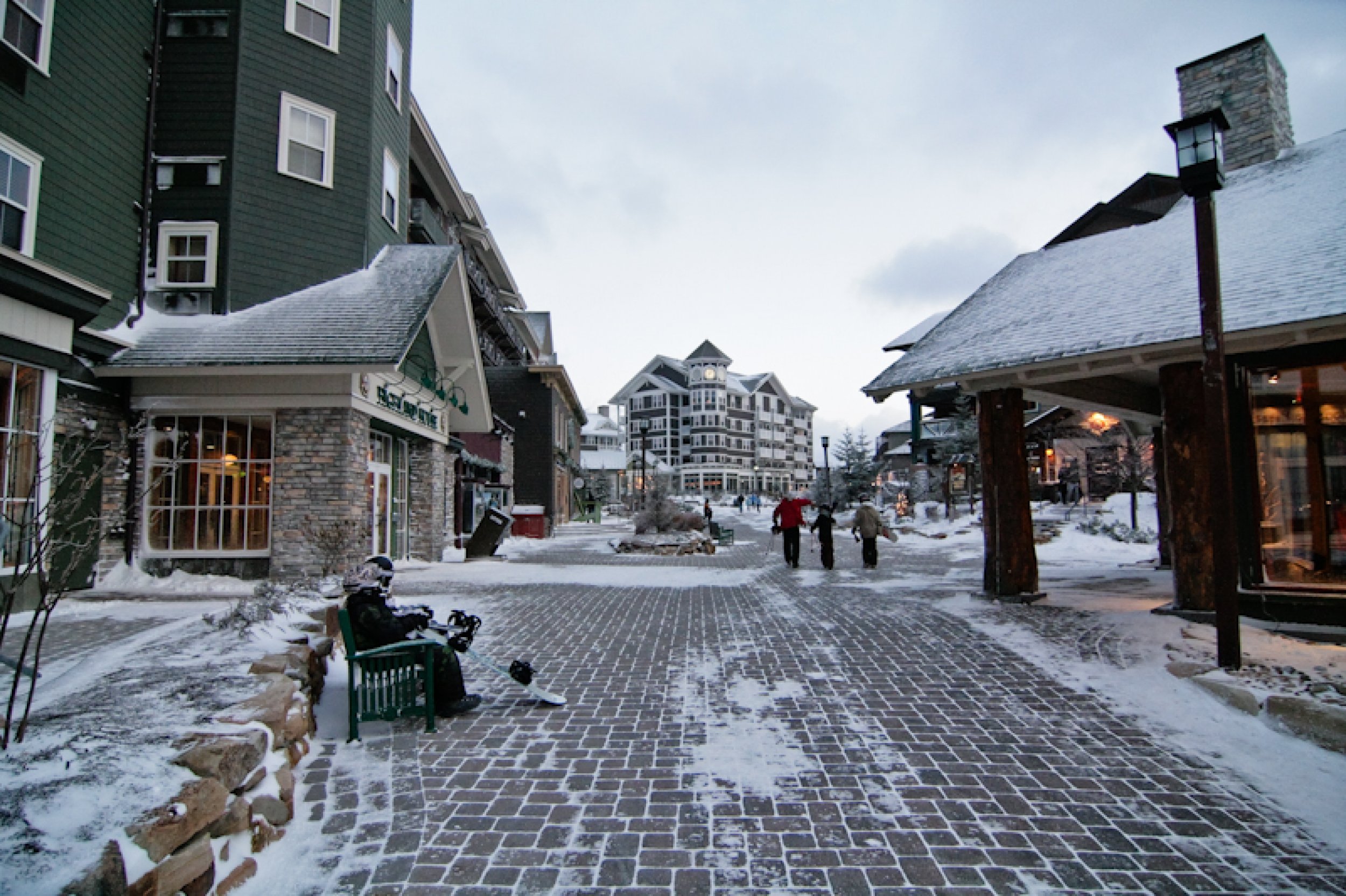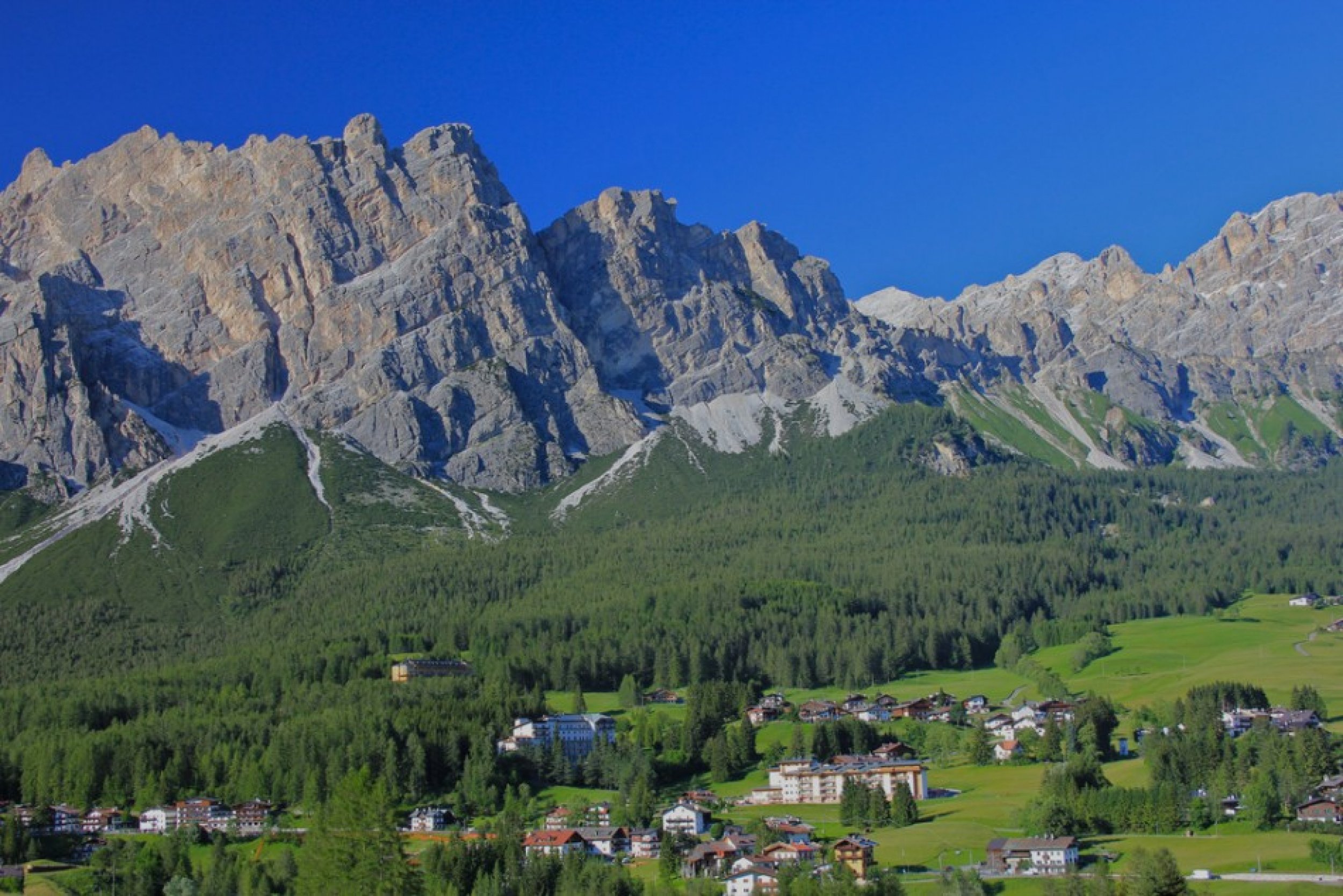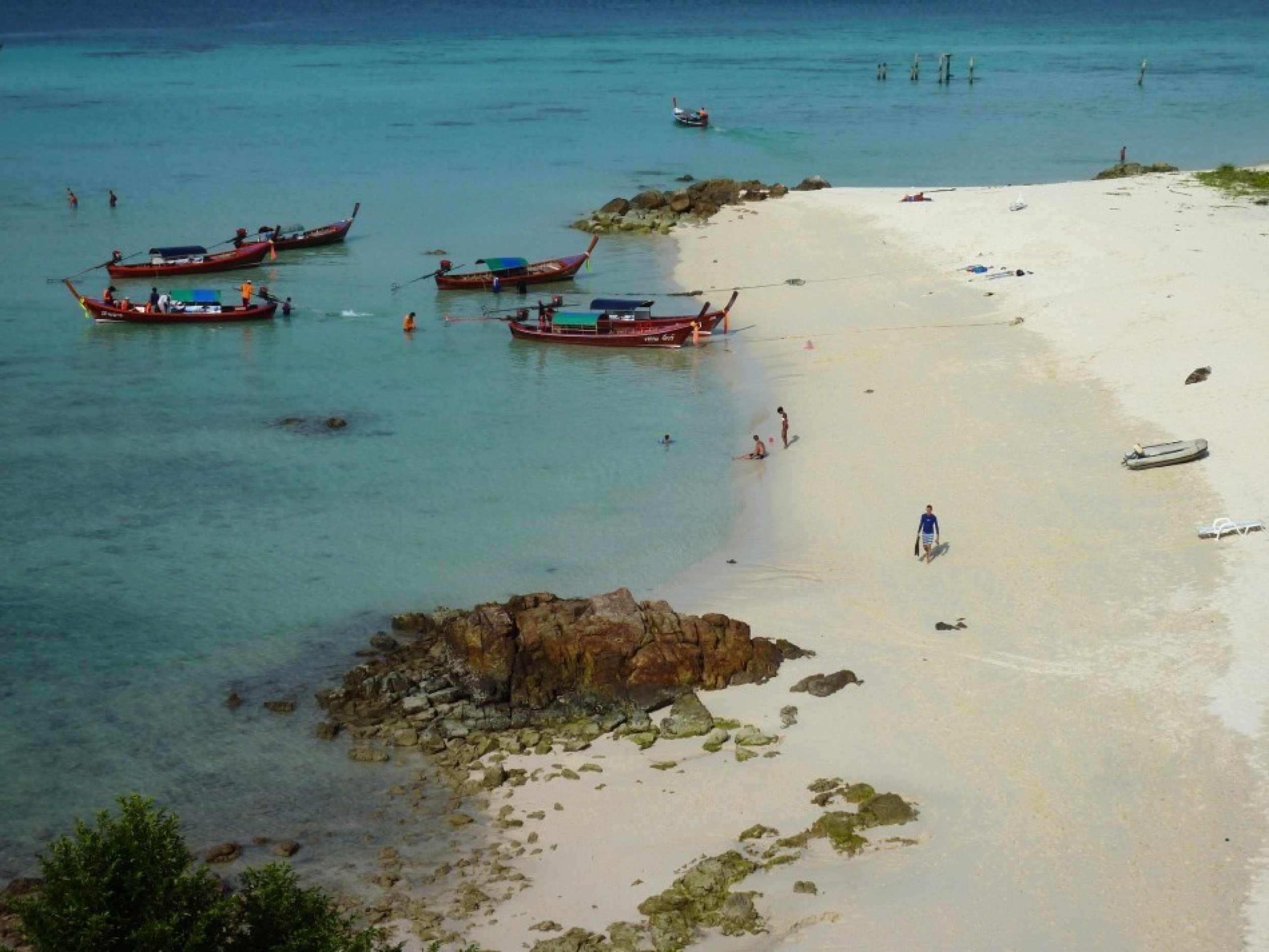Hot Or Cold? The Best Destinations For A Winter Break
Are you a snowbird that heads for warmer weather at the first sign of winter, or are you a snow bunny that just can’t wait to hit the slopes? Whatever your type, here’s a look at 10 destinations you won’t want to miss this winter.
COLD
Nuremberg, Germany
Wood-carved toys, handmade candles and mischievous nutcrackers sit in piles on rickety wooden stalls as saucer-eyed children walk by en route to see Father Christmas. Nuremberg’s famous Christmas Market is a far cry from the sanitized shopping malls of America. It’s a place for spicy gingerbread men, warming glühwein and chestnuts roasting by an open fire, and, though Germany is awash with similar markets each winter, many were modeled after the “little town of wood and cloth” in the central square of Nuremberg’s old town. A Nativity trail connects the main market with the smaller children’s market, replete with an old-fashioned carousel, Ferris wheel and steam train. The festive complex of about 200 stalls opens the Friday before the first Advent Sunday and sees over 2 million visitors by Christmas Day.
Snowshoe, West Virginia - USA
Superstorm Sandy may have flooded the coastal Mid-Atlantic, but the mountainous interior was inundated with a precipitation of another sort: snow. Snowshoe, the highest ski resort in the Mid-Atlantic, received over two feet of powder and will open on Nov. 21, well ahead of many other U.S. resorts. The heart of Appalachia is often overlooked for the Northeast, the Rockies or Sierra Nevada, but this Vail of West Virginia is no less impressive. With 60 trails, 15 lifts across 251 acres and adult three-day lift tickets that start at just $120 (roughly the same as a one-day ticket at some resorts out West), you’d be hard-pressed to find a more affordable ski vacation that offers as much terrain. Beyond the slopes, this upside-down resort has a dozen bars and restaurants in the quaint mountaintop village, and it offers snow tubing, snowmobiling, cross-country skiing and an indoor-outdoor swim center.
Montreal, Canada
This fairytale French Canadian hub comes to life like an idyllic Christmas village each winter. Lower in latitude than Paris but with a climate closer to Moscow's, North America's most European metropolis has a Parisian flare for high culture and an amiable Nordic charm. Montreal is one of the few places in the world where visitors can cross-country ski, ice skate, snowshoe, ride snowmobiles, and go ice fishing all within city limits. Unafraid of winter chills, the Quebecois ski through Mont Royal, skate through Parc La Fontaine and heat up their frozen limbs by a fireplace in the trendy cafes of the Plateau neighborhood. There's no reason you can't, too -- besides, there's nothing like cuddling up by the fire after a long day out in the cold.
Cortina d'Ampezzo, Italy
The "Pearl of the Dolomites," Cortina d'Ampezzo is as upmarket a mountain town as you'll find anywhere in the world. In the 1960s -- after the 1956 Winter Olympics exposed the city -- you'd see the likes of Sophia Loren, Clark Gable and Brigitte Bardot rubbing shoulders down the Corso Italia. Though it's aged slightly since then, the resort town still packs a fur-clad, ski-averse crowd to its designer boutiques and posh art galleries. Most people, however, allot plenty of time to gape at the bewitching mountains and head just out of town to the world-class downhill slopes.
Antarctica
It's like nowhere else on earth -- but you already knew that. This relatively lawless, predominantly uninhabited mass of rock, ice and penguins is truly the last frontier. It's a place to be inspired, humbled and dumfounded by the intricacies of ice. It's also the ultimate destination for one-upping your globetrotting friends. After all, you can't get any more off the beaten path than this. Once inaccessible -- save for a few intrepid scientist and explorers -- Antarctica is now open to the everyday tourist for a small window of time each summer in the Southern Hemisphere, and it's easier to get to than you may think. The remotest continent has attracted a record number of visitors in recent years, and advocates hope tourism can be a driving force in Antarctic conservation. Just make sure to be a responsible tourist if you venture into the wilds of one of the last unspoiled corners of the world. For a list of responsible tour operators, visit the International Association of Antarctica Tour Operators.
HOT
Tulum, Mexico
This low-rise, high-profile ocean strip along the Riviera Maya is where the world's top fashion designers flock to each winter. They're joined by high-profile actors and models who revel in the serenity of this luxurious "eco-chic" Mexican oasis. But it's not all suntans and saluting the sun. Laid-back and pedestrian-friendly Tulum -- which Italian Vogue called the new Goa -- has plenty of attractions both on and off the beach. You can start your day at a Maya ruin, go shopping at an unassuming boutique, and end with a sunset walk down the coast. As an added bonus this winter, you can claim a front row seat for the "end of the world" on Dec. 21, 2012.
San Pedro de Atacama, Chile
Chile's Atacama Desert is a place of constant change. Steamy days give way to harsh nights, desert sands give way to sweeping salt flats, and, at any given time of day, the landscape could transform from dove-white to tan, coral, peach, mauve and indigo. The region has such a Martian appearance that NASA travels here to test its instruments for future missions to the Red Planet. In fact, the area between Antofagasta and Calama is so arid, it's commonly known as the driest place on earth, where some weather stations have never once recorded a single drop of rain. Although the desert is sparsely populated, a few oases closer to the Andes have enough water runoff to allow for a blanket of scrub and dazzling lagoons that offer respite from the desert winds. One of those is San Pedro, a town that dates back millennia and was the seat of the most advanced pre-Columbian society in Chile.
Saint Barthélemy (St. Barts)
St. Barts may be eight square miles of arid, volcanic rock, but this small Caribbean hideaway is home to over 60 restaurants and is by far the Caribbean's "foodiest" destination. It’s unique in that it's peopled primarily by descendants of the original French settlers and transplanted Europeans, so, unlike other French Caribbean Islands such as Martinique or Guadeloupe (where those of African descent make up the majority of the population), most of St. Barts' denizens hail from regions of Northern France like Normandy and Brittany. Through the vagaries of history, the island became a duty-free port known for cheap wine, luxurious meals and a haughty crowd. In the winter months, throngs of Americans flock to this star-studded island to escape the seasonal chills. Known as the St. Tropez of the Caribbean, it’s a place to see and be seen.
Koh Lipe, Thailand
Monsoon season is ending and tourists are returning to their favorite Thai haunts, but for many, Koh Lipe is still off the beaten path. This island underwent a rapid transformation over the past five years, and what once housed only rustic huts now boasts world-class resorts. Yet, Koh Lipe retains its undiscovered status -- and even exploits it. Unlike Phuket, Koh Lanta or Koh Samui, this small, horseshoe-shaped island near the Malaysian border has held on to its Thai authenticity while providing all the amenities of its more famous neighbors without the hefty price tag and hordes of red-faced farangs. If you’re following in Leonardo DiCaprio’s footsteps in search of “The Beach,” but don’t want to deal with all the drunkards ruining your country’s reputation abroad, this is your spot.
Abu Dhabi, UAE
Unless you enjoy the feeling of your shirt stuck to your back and constant sweat driblets cascading down your temples, winter is, by far, the best time to visit Middle East destinations like Abu Dhabi. Not as glitzy or cosmopolitan as its famous neighbor Dubai, many visitors nevertheless prefer the slower charms and more traditional touches of the nation’s capital. They certainly prefer the lack of traffic jams and hot-headed oil tycoons. Whereas Dubai dazzles with its Western touches, Abu Dhabi demurs, at least for now. It’s by far the wealthiest emirate and has chosen its construction projects slowly and wisely in an attempt to become a global leader of the future by fashioning itself as several things Dubai is not: a university town, a hub of eco-tourism and the art capital of the Middle East. When the recession hit Dubai, Abu Dhabi not only bailed out its neighbor, it kept on building. It’s in no hurry to be the star because it knows it’s already on its way.










© Copyright IBTimes 2025. All rights reserved.






















